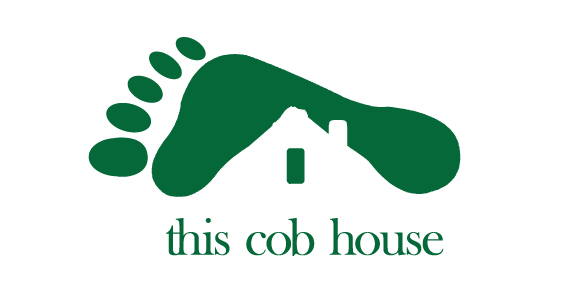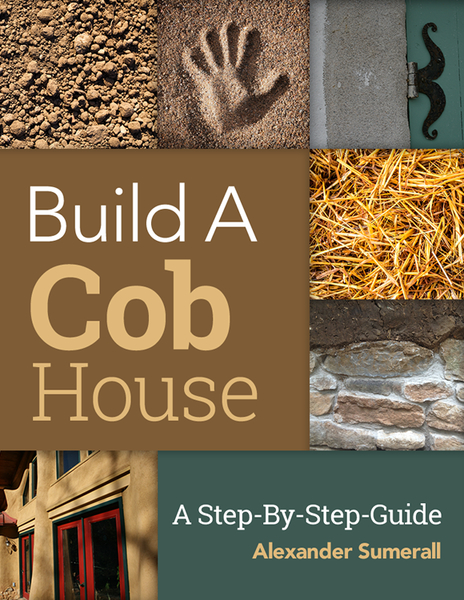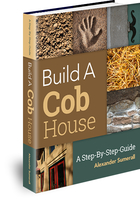I keep getting a lot of questions about humidity issues with cob buildings. So I want to speak a bit more on this topic with you today. Keeping a balanced level of indoor humidity is important to maintaining a healthy living environment and preventing mold and fungus growth inside.
There can be negative effects of excessively high or low indoor humidity levels on the health of a building’s inhabitants. Excessively high indoor humidity can also lead to significant fungus formation, which can cause allergies and other related health issues.
Unlike all other natural and conventional building materials, earth has the ability to balance indoor humidity levels.
As we know, contact with excessive moisture can be a dangerous thing for cob and earth building materials. Water swells and weakens earth building materials, but this is not the case with water vapor. In the case of humidity, the vapor absorbs into the walls but the structure stays solid and remains stiff without any weakening of the material.
Earth materials, which are porous, have the ability to absorb humidity from the air and to release it back into the air. This results in a balance of indoor humidity. In this way, earth walls act as a natural indoor humidity regulator.
(Note that lime finishes and linseed oil coatings can reduce the ability for the walls to regulate humidity as effectively. They can slow the ability of the earth walls to absorb and release humidity. Keep this in mind.)



